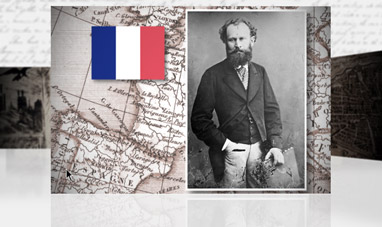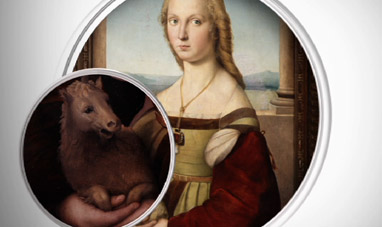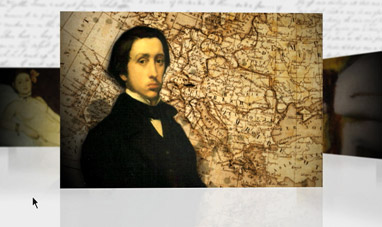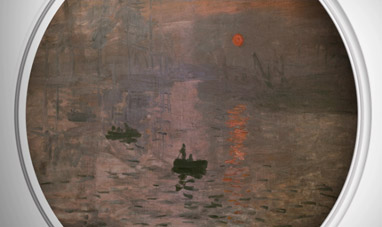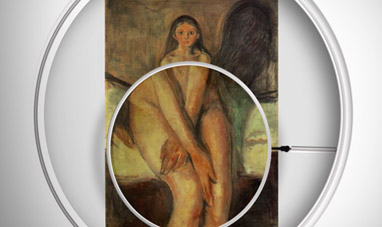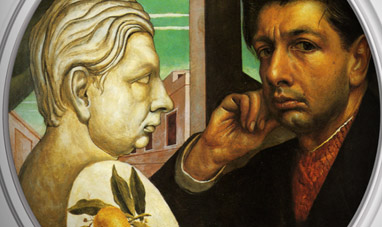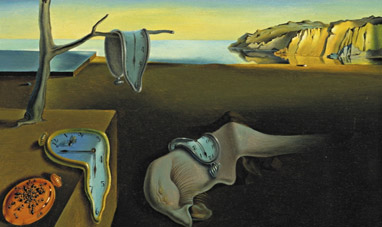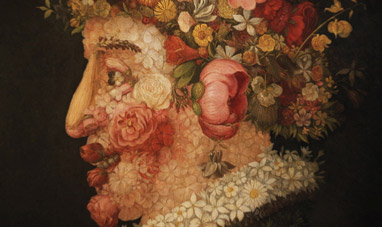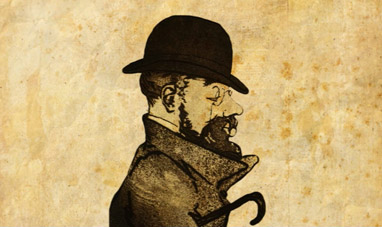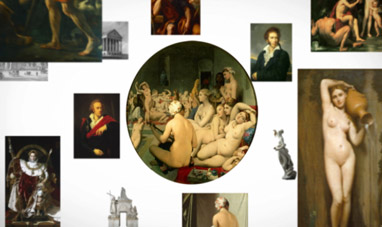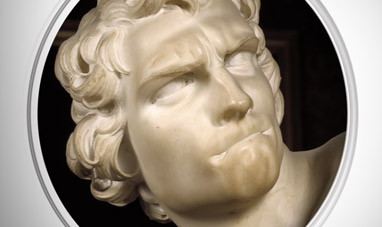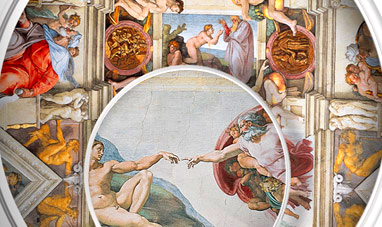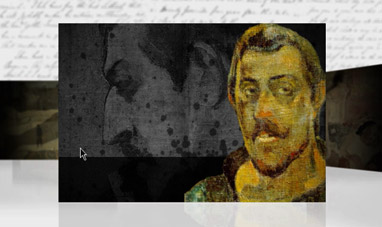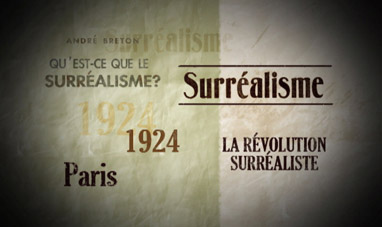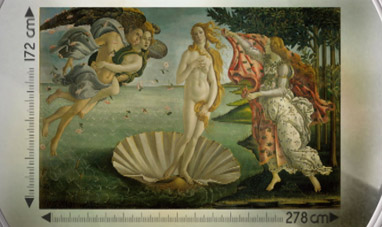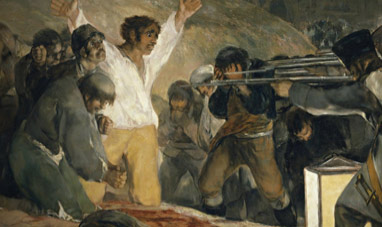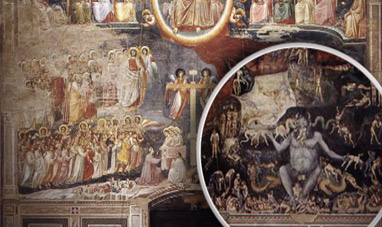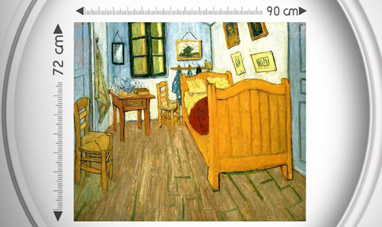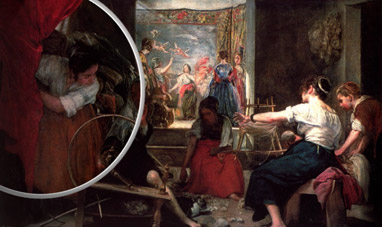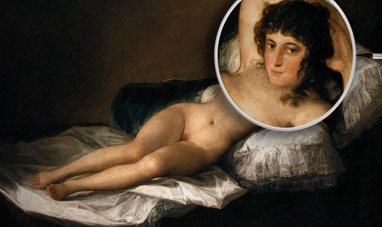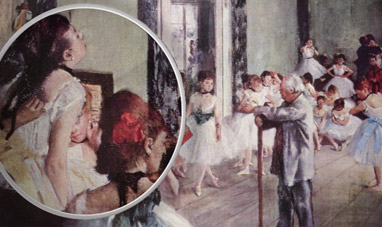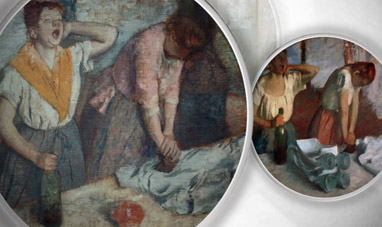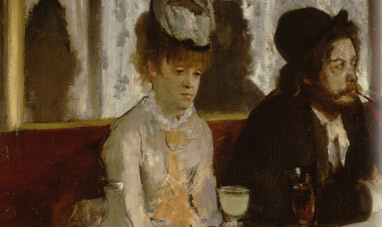Impressionism was an artistic movement that began in Paris in the second half of the 19th Century. It was officially established on April 15, 1874 during an exhibition hosted by the photographer Nadar. The show, held in his studio, displayed works by artists who had been rejected from the Paris Salon, then the epicenter of accepted art.
The show was a disaster, and it provoked fierce controversy. In a patronizing reference to Claude Monet's work, “Impression: Sunrise”, art critic Louis Leroy labeled the new group of painters Impressionists. The Impressionists left their studios to work outside, in plazas, city outskirts and the open countryside. They used portable easels and oil paints contained in tubes, produced for the first time during this period.
Their aim was to capture the visual impression reality makes on an individual. To do this, they worked rapidly and without preliminary drawings, touch-ups or shading. Impressionist technique was founded on the study of light and color. To convey a maximum amount of light in their paintings, Impressionists applied pure colors directly to the canvas, abolishing the use of black to create shadows. Various colors were combined in order to depict shade.
Impressionists often represented the same subject at different times of day to demonstrate how light, in continual development, transformed objects and colors. Although Impressionism is considered a unified artistic movement, the group's different personalities interpreted their common principles in various ways.
Edouard Manet was the first to break with academic tradition, although he never participated in any Impressionist exhibitions. Claude Monet was the most representative member of the movement, considered the painter of light, color and the “en plein air” style. Other members included Camille Pissarro and Alfred Sisley, the sensitive interpreter of nature.
Pierre-Auguste Renoir painted bright female figures, while refined painter Berthe Morisot was fond of family settings. Edgar Degas is celebrated for his paintings of the world of classical ballet and horse races.Paul Cezanne, on the other hand, progressively distanced himself from Impressionism. He emphasized the representation of volumes and reducing forms to their geometrical essences.
Impressionism flourished during a period when a new emphasis on realism was invading all disciplines. Photography was born during these years, and French literary realism reached its apogee. In its attempt to depict reality as it appeared to the observer, Impressionism was akin to positivist philosophy, a school of thought that advocated rational, scientific investigation of reality based on firsthand experience.
Impressionism also paved the way for a new pictorial language that was the prelude to many 20th-century avant-garde movements. A large number of important Impressionist artworks are on display at the Musée d’Orsay in Paris.
The show was a disaster, and it provoked fierce controversy. In a patronizing reference to Claude Monet's work, “Impression: Sunrise”, art critic Louis Leroy labeled the new group of painters Impressionists. The Impressionists left their studios to work outside, in plazas, city outskirts and the open countryside. They used portable easels and oil paints contained in tubes, produced for the first time during this period.
Their aim was to capture the visual impression reality makes on an individual. To do this, they worked rapidly and without preliminary drawings, touch-ups or shading. Impressionist technique was founded on the study of light and color. To convey a maximum amount of light in their paintings, Impressionists applied pure colors directly to the canvas, abolishing the use of black to create shadows. Various colors were combined in order to depict shade.
Impressionists often represented the same subject at different times of day to demonstrate how light, in continual development, transformed objects and colors. Although Impressionism is considered a unified artistic movement, the group's different personalities interpreted their common principles in various ways.
Edouard Manet was the first to break with academic tradition, although he never participated in any Impressionist exhibitions. Claude Monet was the most representative member of the movement, considered the painter of light, color and the “en plein air” style. Other members included Camille Pissarro and Alfred Sisley, the sensitive interpreter of nature.
Pierre-Auguste Renoir painted bright female figures, while refined painter Berthe Morisot was fond of family settings. Edgar Degas is celebrated for his paintings of the world of classical ballet and horse races.Paul Cezanne, on the other hand, progressively distanced himself from Impressionism. He emphasized the representation of volumes and reducing forms to their geometrical essences.
Impressionism flourished during a period when a new emphasis on realism was invading all disciplines. Photography was born during these years, and French literary realism reached its apogee. In its attempt to depict reality as it appeared to the observer, Impressionism was akin to positivist philosophy, a school of thought that advocated rational, scientific investigation of reality based on firsthand experience.
Impressionism also paved the way for a new pictorial language that was the prelude to many 20th-century avant-garde movements. A large number of important Impressionist artworks are on display at the Musée d’Orsay in Paris.

